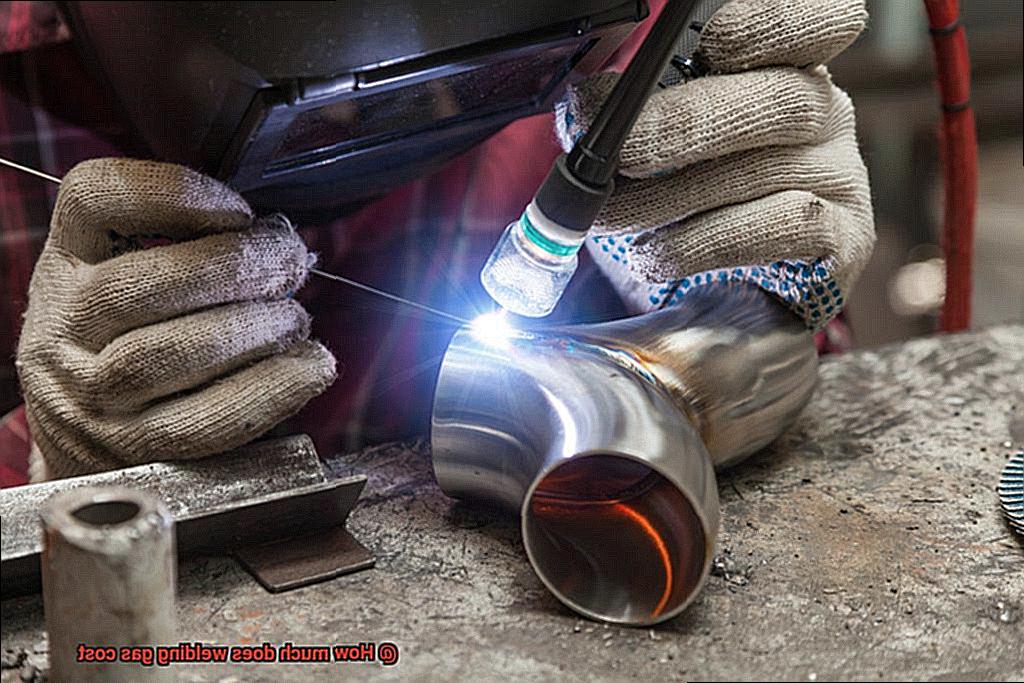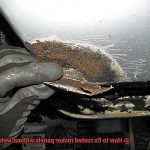Welding is an art that requires precision, skill, and the right equipment.
One of the essential tools in a welder’s arsenal is welding gas. But how much does this crucial element cost?
Look no further. In this blog post, we’ll take a deep dive into the world of welding gases and provide you with insightful information about their costs.
Did you know that welding gases come in different types, each with varying prices? Argon, helium, carbon dioxide, and oxygen are among the most commonly used welding gases.
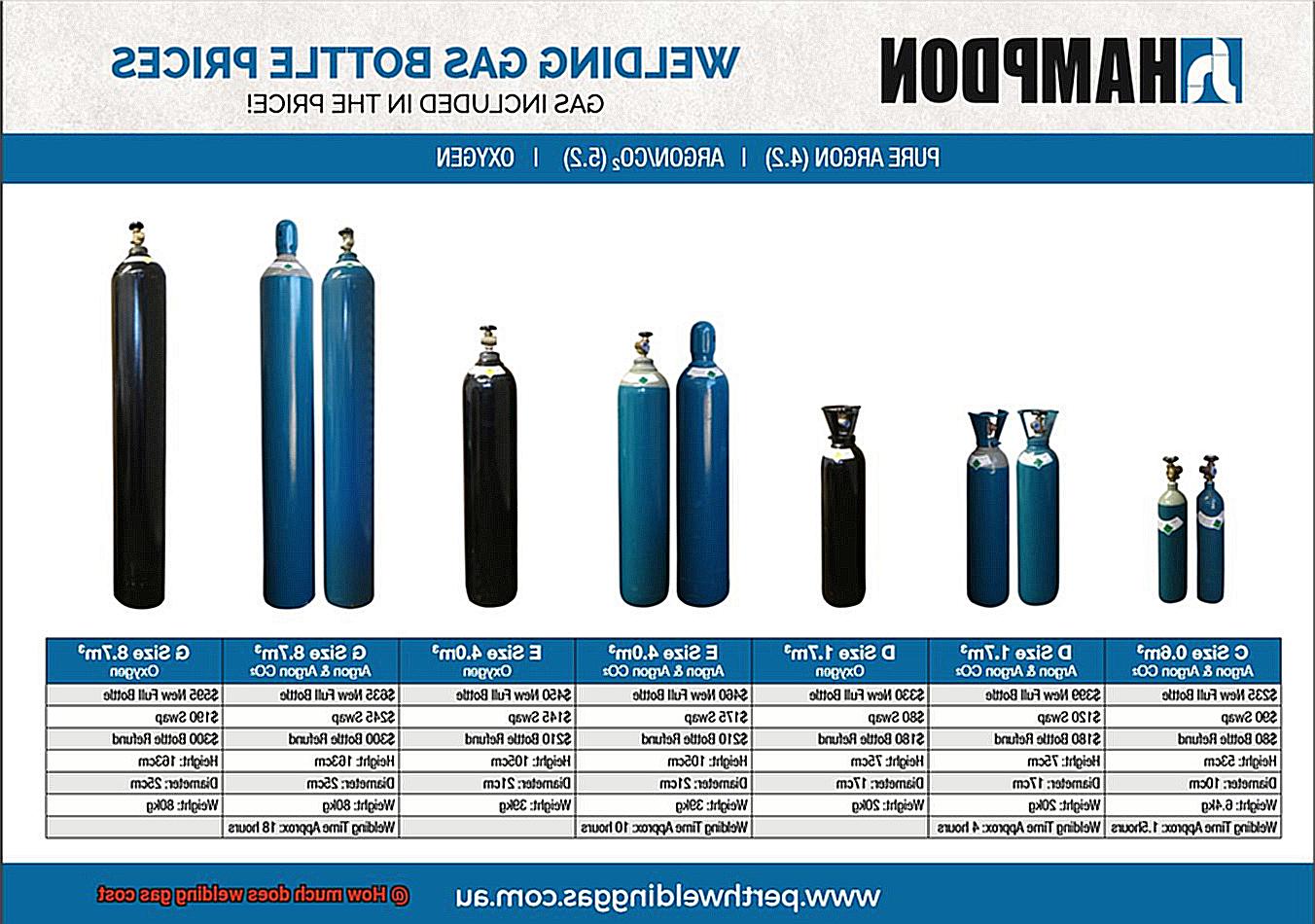
The cost of these gases depends on several factors such as purity levels, supply and demand, and container size. Larger containers can be more expensive than smaller ones.
So what’s the average cost of welding gas? The price varies depending on the type of gas and supplier.
You can expect to pay anywhere from $20 to $200 for a standard-sized cylinder. However, if you require a larger cylinder, the price can go up to $400 or more.
Whether you’re an experienced welder or just starting in the industry, understanding the cost of welding gas is vital. It allows you to plan your budget accurately, estimate project costs upfront and make informed decisions when purchasing your welding supplies.
In conclusion, welding gas is a critical component in any welding project. Knowing its cost will save you from surprises and unnecessary expenses.
Stay tuned for our upcoming blog posts where we’ll provide more detailed information on welding gas costs and other aspects of welding.
Types of Welding Gases and Their Costs
Contents [show]
Think of welding gas as your superhero shield, protecting your welds from the villainous effects of oxidation. So, let’s get started.
The most common types of welding gases are argon, carbon dioxide, and helium. Argon is the go-to gas for TIG and MIG welding, providing a stable arc and clean welds.
The cost of argon gas ranges from $0.30 to $0.50 per cubic foot. Carbon dioxide, often mixed with argon in a ratio of 75/25 or 85/15 for MIG welding, costs between $0.10 to $0.30 per cubic foot.
Helium is less commonly used but can be necessary for certain applications, such as welding aluminum. However, it is more expensive than argon or carbon dioxide, with prices ranging from $1 to $2 per cubic foot.
Keep in mind that the cost of welding gas can vary depending on where you live. Prices are typically higher in urban areas due to higher demand and transportation costs.
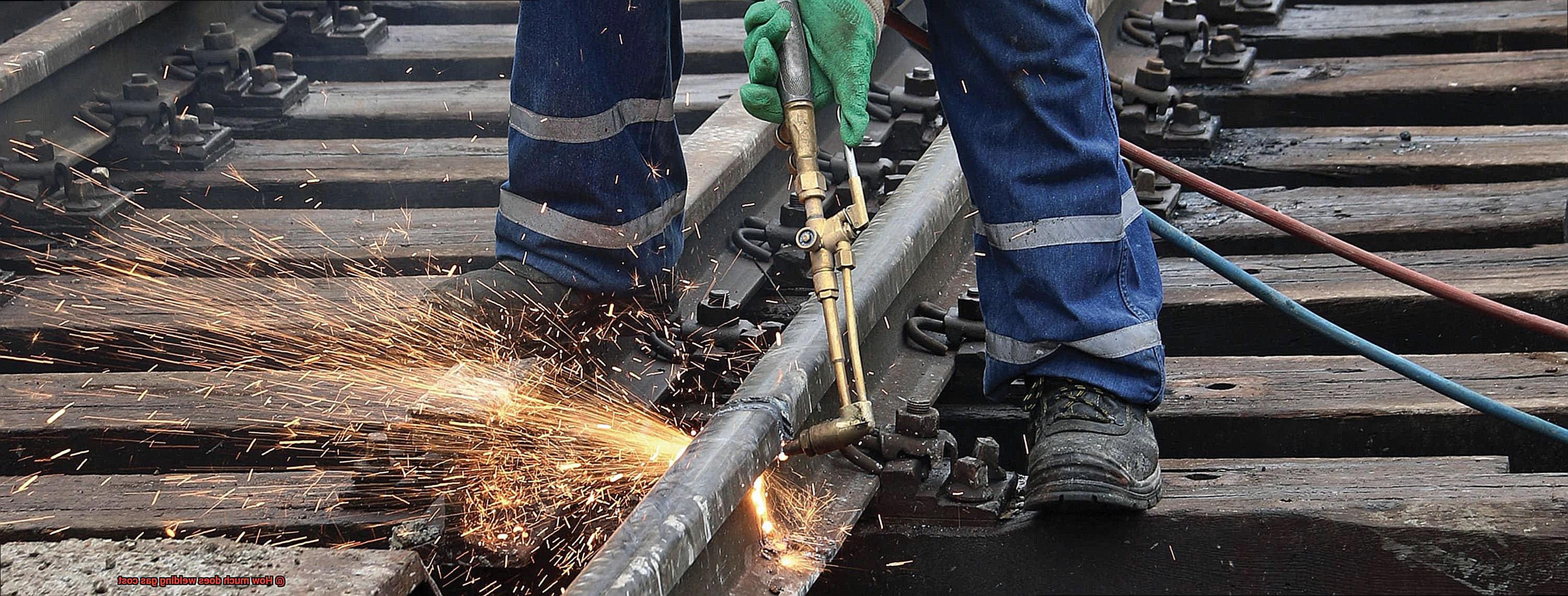
It’s always best to check with local suppliers or search online for prices in your area to get an accurate estimate. When it comes to purchasing welding gas, you’ll also need to consider how much you need for your project.
The amount required depends on factors such as the type of welding being performed, the thickness of the metal being welded, and how long the welds will take. A small 20-cubic-foot cylinder of argon can cost around $40, while a larger 80-cubic-foot cylinder can cost up to $200 or more.
Similarly, a 10-pound CO2 tank can cost around $80 while a 50-pound tank can cost upwards of $200. Although it may seem like a considerable expense at first glance, investing in high-quality welding gas is crucial for achieving consistently top-notch welds.
Using subpar welding gas or not using gas at all can lead to poor weld quality or even failure, resulting in costly repairs down the line. In conclusion, understanding the different types of welding gases and their associated costs is essential for any welding project.
Argon
Argon is a colorless and odorless gas that works tirelessly to protect your welds from oxidation.
It’s non-flammable and inert in nature, making it an essential component in welding processes like TIG welding, MIG welding, and plasma cutting. But what about the cost of argon?
Well, that depends on where you’re located and who your supplier is. On average, a cylinder of argon gas costs between $30 to $50 or about $2 to $5 per cubic foot.
However, prices can vary based on quantity and if any additional fees are charged for delivery or rental of cylinders. So, it’s always wise to compare prices and be strategic with your resources.
When it comes to usage, the amount of argon consumed will depend on several factors such as the welding process, metal thickness, and skill level of the welder. For instance, TIG welding typically uses 0.1 to 0.3 cubic feet of argon per minute while MIG welding can range from 10 to 40 cubic feet per hour.
It’s like knowing how much fuel you need for a journey – having a rough estimate of how much argon you’ll need will help you plan accordingly. Now, let’s talk about how long a cylinder of argon will last.
That will depend on how much you use it. A 10-liter cylinder of argon can last anywhere from 1 to 5 hours depending on the welding process and settings used.
It’s like having a limited supply of a special power – you need to use it wisely so that it lasts long enough to get the job done. In conclusion, understanding the cost and usage of argon gas in welding is crucial for achieving consistently top-notch welds while considering factors such as location and quantity required.
Just like any superhero needs their trusty sidekick by their side, as a welder, argon gas is an essential component for achieving strong welds that will stand the test of time.
CO2
Look no further than CO2 (carbon dioxide) welding gas.
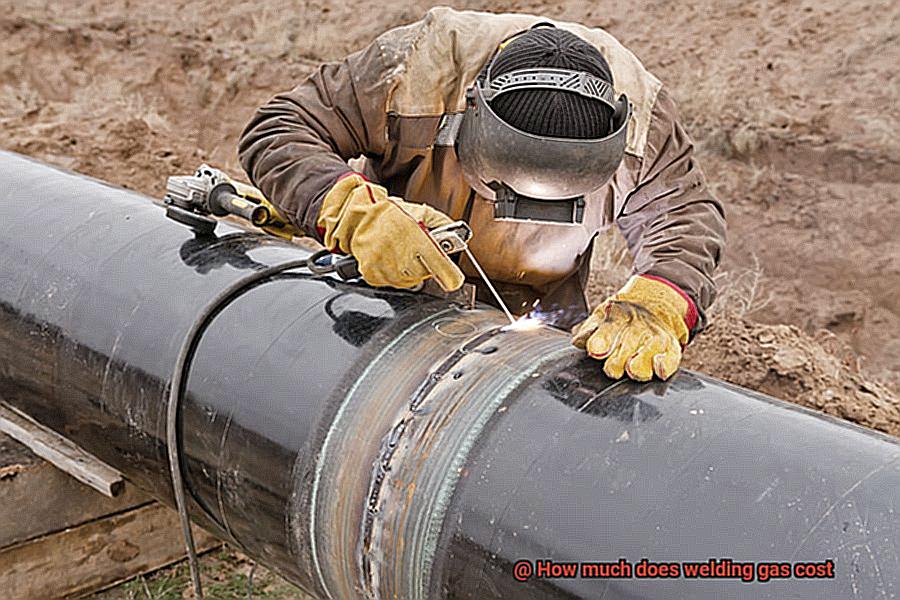
As an expert on CO2 welding gas, let me guide you through everything you need to know about its cost. CO2 welding gas is widely available and relatively affordable compared to other gases.
The average cost of a 20-pound cylinder of CO2 welding gas ranges between $20-$30. However, it’s important to note that the cost can vary depending on the size of the cylinder and the supplier.
If you’re looking for a more economical option, consider purchasing larger cylinder sizes. Welding supply stores offer various sizes, such as 10 lb, 20 lb, 50 lb, and 80 lb cylinders.
The larger the cylinder size, the lower the cost per pound of gas. For instance, a 50 lb cylinder of CO2 welding gas will cost less per pound than buying a 20 lb cylinder.
But that’s not all – location matters too. The cost of CO2 welding gas can vary based on the supplier or distributor’s location.
To ensure you get the best deal, it’s crucial to do some research and compare prices from different suppliers before making a purchase. Many suppliers also offer price discounts for bulk purchases or regular customers.
Think of it like grocery shopping; you compare prices at different supermarkets before making a purchase to get the best deal. Similarly, comparing prices from various suppliers can help you find affordable options for your welding needs.
So, CO2 welding gas is a commonly used welding gas that is relatively affordable compared to other gases. The cost of CO2 welding gas per pound can vary depending on the size of the cylinder and location of the supplier.
Location-Based Cost Variations
As a skilled welder, you know that welding gas is a critical component of any successful welding project.
However, it’s essential to have a good understanding of the factors that can impact the cost of welding gas, such as location-based cost variations. Location-based cost variations refer to the differences in welding gas prices across different regions.
The cost of welding gas can vary due to transportation and storage expenses, which can differ depending on your location. Furthermore, the demand and supply of welding gas in a particular area can also affect its price.
Areas with high demand for welding gas may have a higher price compared to those with low demand. Similarly, areas with limited supply may have a higher cost due to transportation expenses.
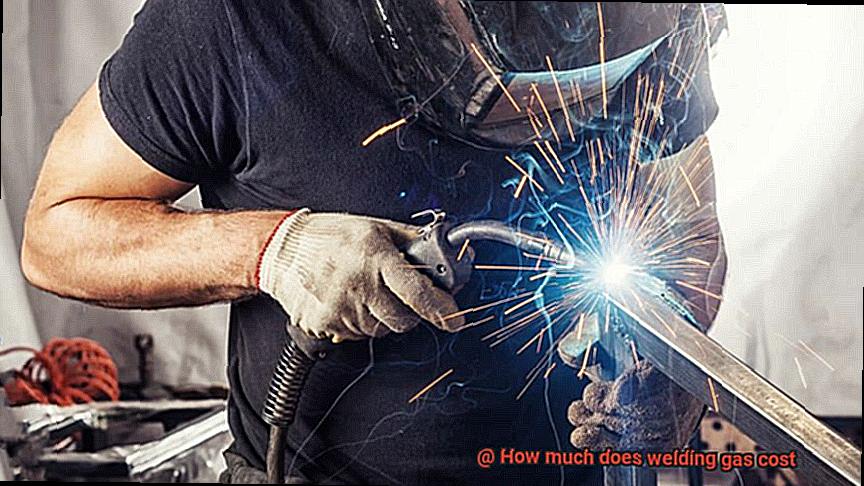
It’s important to note that different welding gases have varying costs. Argon gas, for example, is more expensive than carbon dioxide gas.
Therefore, the cost of welding gas will depend on the type of gas required for your project. To make an informed decision about the cost of welding gas in your location, there are several steps you can take.
You can contact local suppliers or check online for prices in your area. It’s also crucial to compare prices from different suppliers to get the best deal.
Quantity-Based Cost Variations
Luckily, many welding supply stores and gas distributors offer quantity-based pricing, which means that the more gas you buy, the less you pay per pound.
For instance, buying a small 20-pound tank of welding gas could cost around $50-$60 per tank. In contrast, purchasing a larger 80-pound tank could cost as little as $150, resulting in a much lower price per pound.
But wait, there’s more. The cost of welding gas can also vary depending on your location.
Areas with multiple suppliers competing for business may offer lower prices, while areas with fewer suppliers may have higher prices due to a lack of competition. Therefore, it’s crucial to shop around and compare prices from different suppliers to ensure you get the best deal possible.
Moreover, different types of welding gases can also affect the cost. For example, argon gas is commonly used for TIG welding but tends to be more expensive than other gases like CO2 or helium.
In conclusion, if you’re looking to save money on your welding projects, buying welding gas in larger quantities is undoubtedly worth considering. Not only does it help you save money in the long run, but it also ensures that you have enough gas for all your welding needs.
Why Quality Welding Gas Matters
You know that precision and skill are crucial to produce quality work.
However, did you know that the quality of your welding gas can also greatly impact the final product? In this blog post, we’ll explore why quality welding gas matters and how it can make a difference in your welding projects.
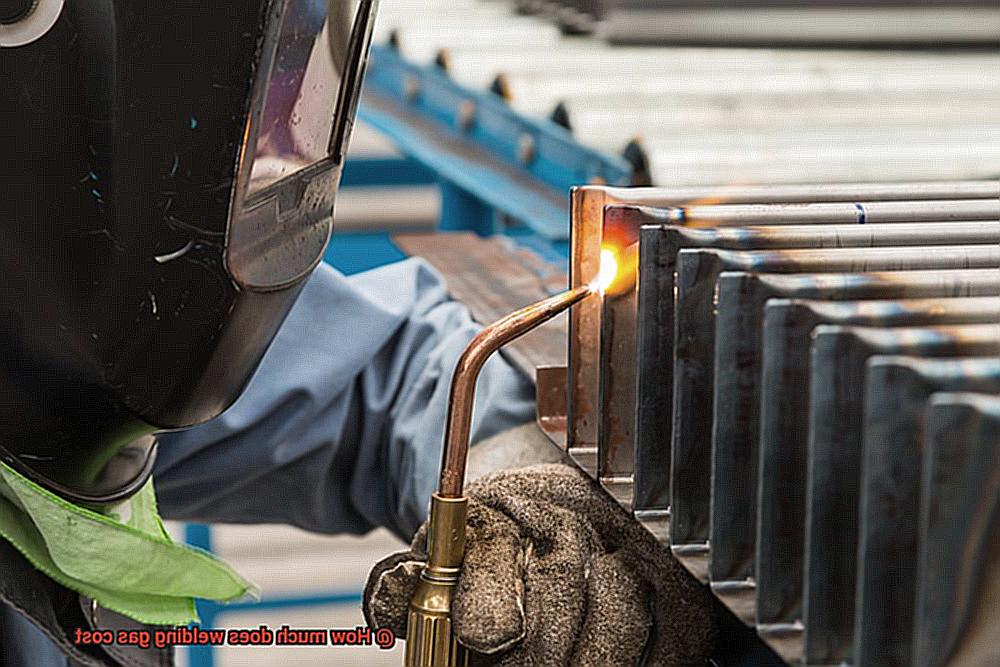
The purity and composition of your welding gas play a vital role in determining the strength, appearance, and overall performance of your weld. Using poor quality welding gas can lead to porosity, which is when small holes or voids form in the weld.
This weakens the structure of the weld and makes it more prone to cracks and failures. Furthermore, impurities in low-quality welding gas can cause contamination, resulting in an uneven and discolored appearance.
Investing in high-quality welding gas may come at a higher cost, but it’s worth it in the long run. By reducing the likelihood of rework or repairs due to poor weld quality, high-quality gas can increase efficiency and productivity.
Moreover, using quality welding gas can improve safety by reducing the risk of accidents or incidents caused by weak welds. When shopping for welding gas, it’s essential to research and compare prices from different suppliers.
The cost of welding gas can vary depending on various factors such as location, type of gas, and quantity purchased. It’s also crucial to ensure that the supplier offers high-quality gas that meets industry standards.
In conclusion, quality welding gas is essential for any welding project as it greatly impacts the final product’s strength, appearance, and overall performance. Prioritizing quality over cost when selecting welding gas is crucial to achieve optimal results.
Tips for Finding the Best Prices on Welding Gas
One method is to find the best prices on welding gas. Welding gas is an essential component that can impact the quality of your welds, but it doesn’t have to be a costly undertaking. Here are five tips for discovering the best prices on welding gas:
Shop Around
The very first and most crucial step towards finding the best prices on welding gas is to shop around and compare prices from different suppliers. Avoid settling for the first supplier you come across, as they may not offer the best prices.
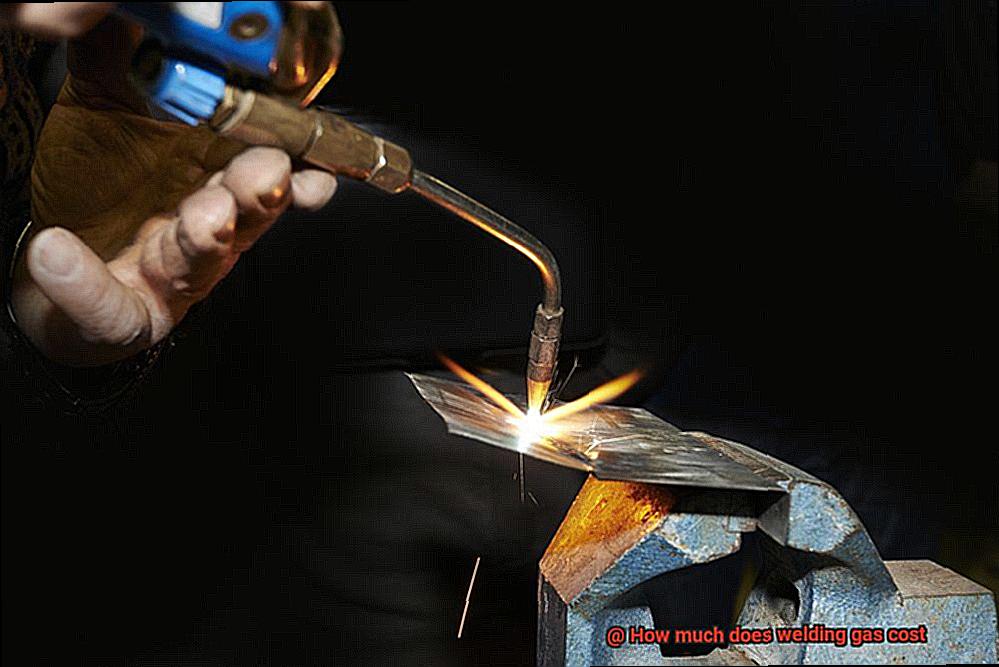
Buy in Bulk
Many suppliers offer discounts for larger orders, so if you know you’ll be using a lot of welding gas over time, it may be worth investing in a larger tank or ordering several smaller tanks at once.
Consider Renting
If you don’t use welding gas frequently, it may be more cost-effective to rent a tank rather than buy one outright. This way, you only pay for the gas you use and don’t have to worry about maintenance or storage.
Look for Promotions
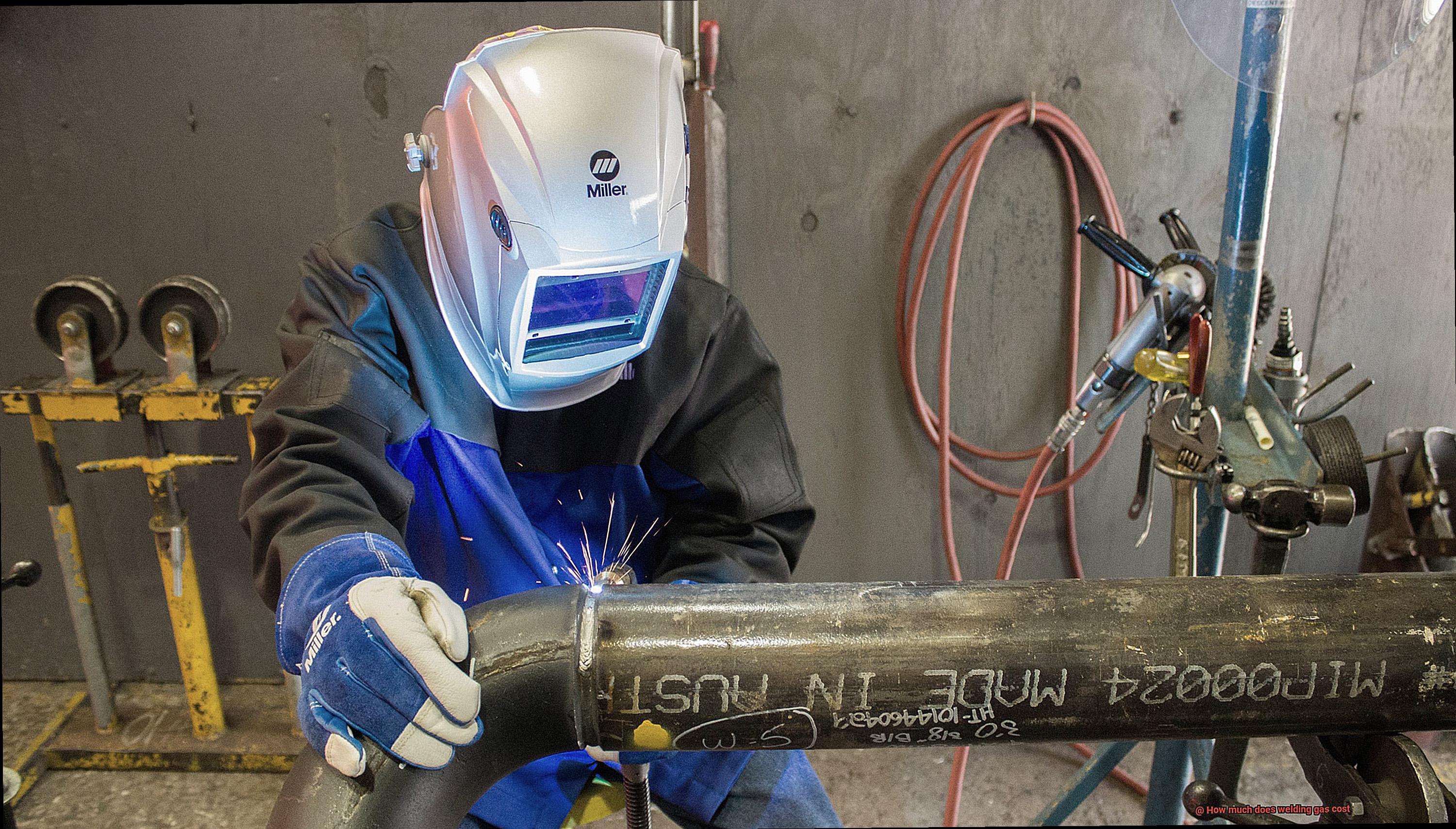
Keep an eye out for promotions or sales offered by welding gas suppliers. They may offer discounts or other incentives that can help you save money.
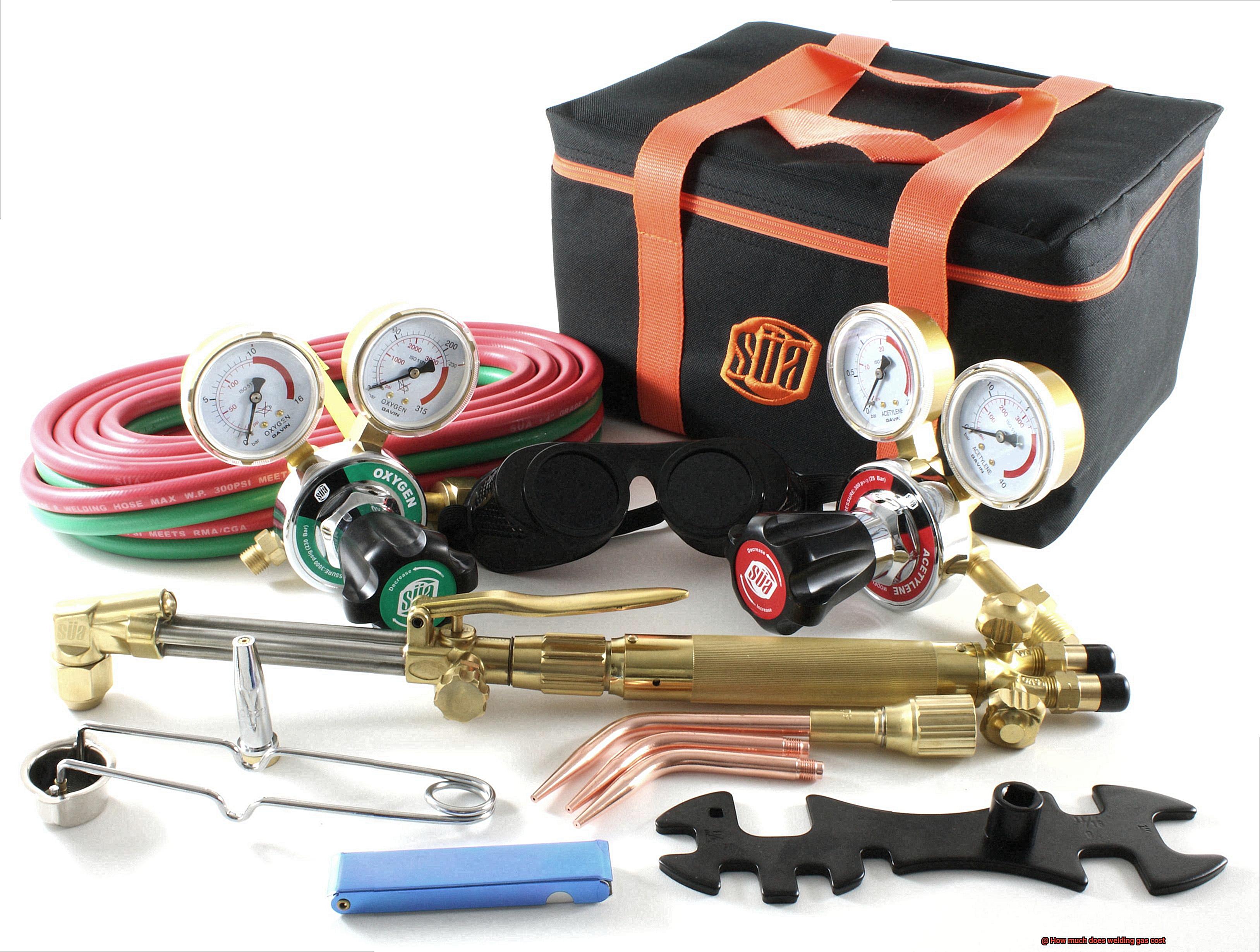
Negotiate
Don’t hesitate to negotiate with suppliers for a better price. If you’re a regular customer or plan to make a large purchase, they may be willing to work with you on pricing.
By following these tips and doing some research, you can find the best prices on welding gas and save some money in the process. Remember that investing in high-quality welding gas is crucial for achieving top-notch welds consistently. So, go ahead and explore your options to find the best deals on welding gas for your next project.
Fh98r7WTc1E” >
Conclusion
In conclusion, welding gas is a crucial element for any welding project as it ensures consistent quality and protects your welds from oxidation.
The cost of welding gas varies depending on factors such as location, quantity purchased, and type of gas used. Argon, carbon dioxide, and helium are the most commonly used gases in welding.
For TIG and MIG welding, argon is the go-to gas while carbon dioxide is often mixed with argon for MIG welding. Helium is less commonly used but necessary for certain applications like welding aluminum.
Although high-quality welding gas may come at a higher cost initially, it’s worth investing in as poor quality gas can lead to porosity and contamination. This can weaken the structure of the weld and make it more prone to cracks and failures.
To find the best prices on welding gas, you can shop around, buy in bulk or consider renting or leasing tanks. Look out for promotions or sales offered by suppliers and don’t hesitate to negotiate with them for a better price.
Therefore, prioritize quality over cost when selecting your welding gas.
